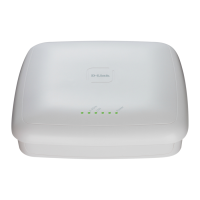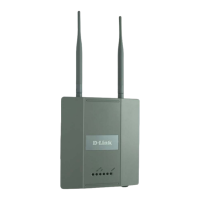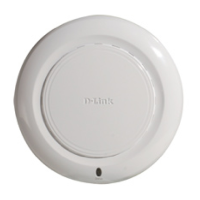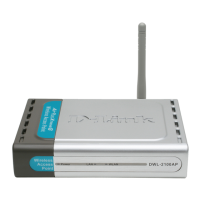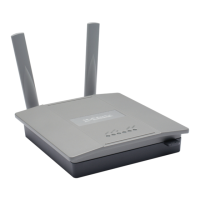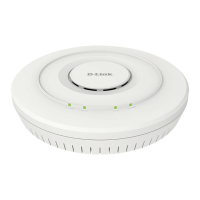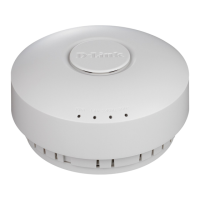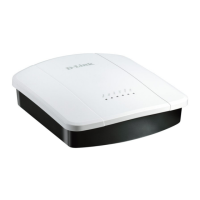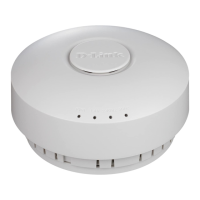Software User Manual D-Link Unified Access System
02/15/2011
Document 34CS3000-SWUM104-D10 Page 85
Use the buttons at the bottom of the page to perform the following tasks:
• Click Clear to reset the page to the default values.
• Click Refresh to update the screen with the most current information.
• Click Submit to update the switch with the values on the screen. If you want the switch to retain the new values across
a power cycle you must perform a save.
• The Next button appears on this page when it is opened through the Administration > Basic Setup page. Click Next
to navigate to the SSID > Wireless Default VAP Configuration page.
If you access the Access Point Profile Radio Configuration through the Advanced Configuration > AP Profiles > Radio
tab, some additional fields are available for configuration.
The following table describes the fields for the AP radio that are only available from the Advanced Configuration menu.
Automatic Power The power level affects how far an AP broadcasts its RF signal. If the power level is too low,
wireless clients will not detect the signal or experience poor WLAN performance. If the power
level is too high, the RF signal might interfere with other APs within range.
Automatic power uses a proprietary algorithm to automatically adjust the RF signal to
broadcast far enough to reach wireless clients, but not so far that it interferes with RF signals
broadcast by other APs. The power level algorithm increases or decreases the power level in
10% increments based on presence or absence of packet retransmission errors.
Initial Power The automatic power algorithm will not reduce the power below the number you set in the
initial power field. By default, the power level is 100%. Therefore, even if you enable the
automatic power, the power of the RF signal will not decrease.
The power level is a percentage of the maximum transmission power for the RF signal.
Antenna Diversity Select the antenna use to receive and transmit wireless traffic:
•Auto: Automatically select the best antenna to send and receive traffic.
• Primary: Use the primary antenna to send and receive traffic.
• Secondary: Use the secondary antenna to send and receive traffic.
Table 12: Advanced Radio Configuration
Field Description
RF Scan Duration This field controls the amount of time the radio spends scanning the other channel (in
milliseconds) during an RF scan.
Transmit Lifetime Shows the number of milliseconds to wait before terminating attempts to transmit the MSDU
after the initial transmission.
Receive Lifetime Shows the number of milliseconds to wait before terminating attempts to reassemble the
MMPDU or MSDU after the initial reception of a fragmented MMPDU or MSDU.
Frag Threshold The fragmentation threshold limits the size of packets transmitted over the network.
Acceptable values are even numbers from 256-2345. Packets that are under the configured
size are not fragmented. A value of 2346 means that packets are not fragmented.
Short Retries The value in this field indicates the maximum number of transmission attempts on frame sizes
less than or equal to the RTS Threshold. The range is 1-255.
Long Retries The value in this field indicates the maximum number of transmission attempts on frame sizes
greater than the RTS Threshold. The range is 1-255.
Table 11: Radio Settings
Field Description
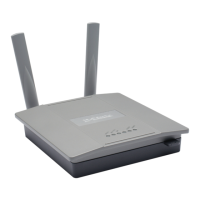
